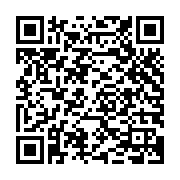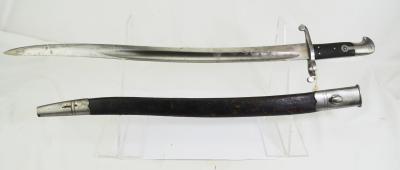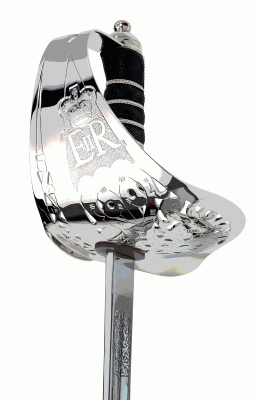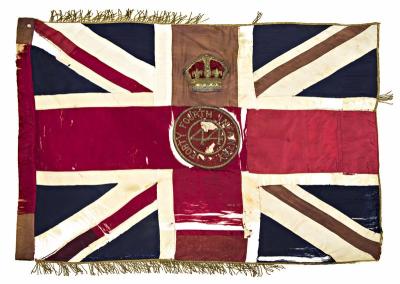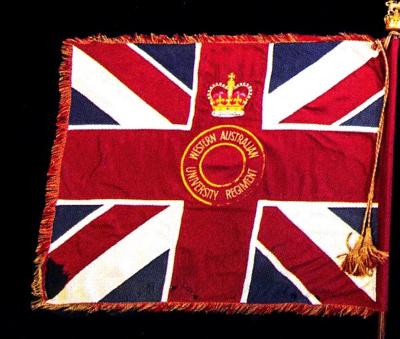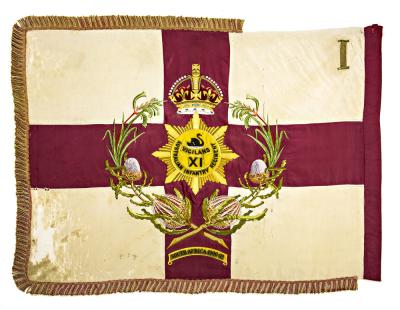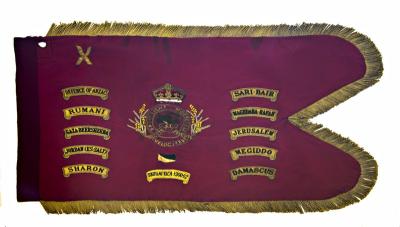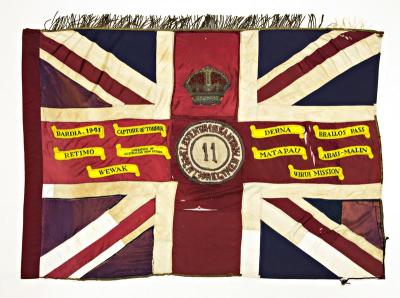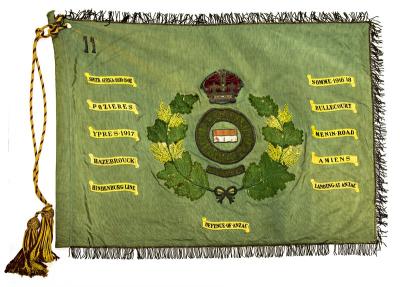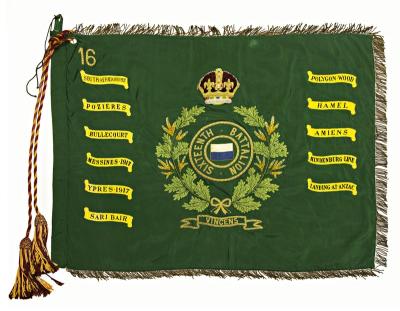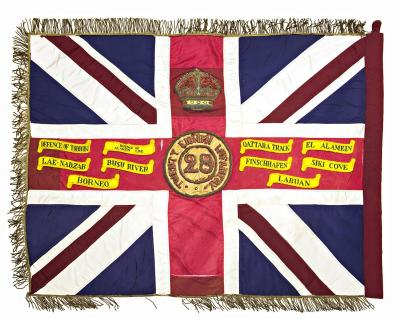Sword - Cavalry Pattern
The current cavalry sword is the British Cavalry Officer’s Sword pattern of 1912. The hilt has a nickel-plated steel bowl guard decorated on the outside with a scroll design and has a sword knot slot near the pommel. The straight blade has a single fuller to each side to within eight inches (20.3 cm) of the point and is decorated with an engraved floral design.
The Pattern 1908 cavalry trooper's sword (and the 1912 Pattern, the equivalent for officers) was the last service sword issued to the cavalry of the British Army. It has been called the most effective cavalry sword ever designed, although its introduction occurred as swords finally became obsolete as military weapons. In use, it, like other thrust-based cavalry swords, is best described as a one-handed lance, due to its complete lack of utility for anything but the charge. Australian Mounted Infantry / Light Horse Regiments were issued 1908 Pattern swords in 1918.
In order to perpetuate the traditions and distinctions of the Australian Imperial Force, it was decided in July 1919 that all CMF units would be re-designated with the unit numbers of the AIF. From this date, the 25th Australian Light Horse Regiment was renamed the 10th Australian Light Horse Regiment. The regiment was called up for training in November 1939 based at Bunbury, spending a month camped just south of Woodman Point on the location of the abandoned Naval Base. They returned to Bunbury in January 1940 for another three months training before moving to Wanneroo
During the Second World War, the regiment underwent several name changes in order to show its varying roles. In January 1942 it was restructured as 10th Reconnaissance Battalion with one of the squadrons now motorised as opposed to being on horses. In 1943, it was gazetted as an Australian Imperial Force unit, after the majority of its personnel volunteered to serve overseas. This did not occur, though, and instead, its main task was the defence of south-west Australia. During this period, the regiment was also partially mechanised, although it did retain horses which were used to patrol the coastline. It was the last regiment in Australia to employ horses and thus the last Australian unit to use the Cavalry sword as a weapon of war.
Details
Details
Members of the Royal Australian Armoured Corps and Australian Army Aviation wear the Calvalry Sword with black leather and silver fittings. The 1912 Pattern is a embelishment of the 1908 Pattern Cavalry Troopers sword.
The Australian Army Museum of Western Australia has several Cavalry pattern swords on display dating from the 1910s to the 1950s. They are displayed in context as accoutrements with the uniforms of the period. All edged weapons, including bayonets, knives and swords in the collection of the Australian Army Museum of Western Australia are physically secured within locked display cases.
Australian Army Museum of Western Australia
Australian Army Museum of Western Australia
More items like this
Other items from Australian Army Museum of Western Australia
- World War 2, Australia, Western Australia,SS Vyner Brooke, FARMANER, 1940
- Kings's Colour - 1st Infantry Regiment (WA Volunteers) (1896 Presentation)
- 44th Battalion (The West Australian Rifles) - King's Colour (Initial Presentation 1920)
- 44th Battalion (The West Australian Rifles) - Regimental Colour (1927 Presentation)
- Western Australian University Regiment - King's Colour - 1958 Presentation
- 1st Battalion, 11th Australian Infantry Regiment (Perth Regiment) - King's Banner (1911 Presentation)
- Regimental Colour - 1st Battalion, 11th Australian Infantry Regiment (Perth Regiment) (1911 Presentation)
- 10 Light Horse Regiment - Guidon (1928 Presentation)
- 11th Battalion (The City of Perth Regiment) - King's Colour (1920 Presentation)
- 11th Battalion (The City of Perth Regiment) - Regimental Colour (1929 Presentation)
- 16th Battalion (The Cameron Highlanders of Western Australia) - Regimental Colour (1952 Presentation)
- 28th Battalion (The Swan Regiment) - King's Colour (Initial Presentation 1920)
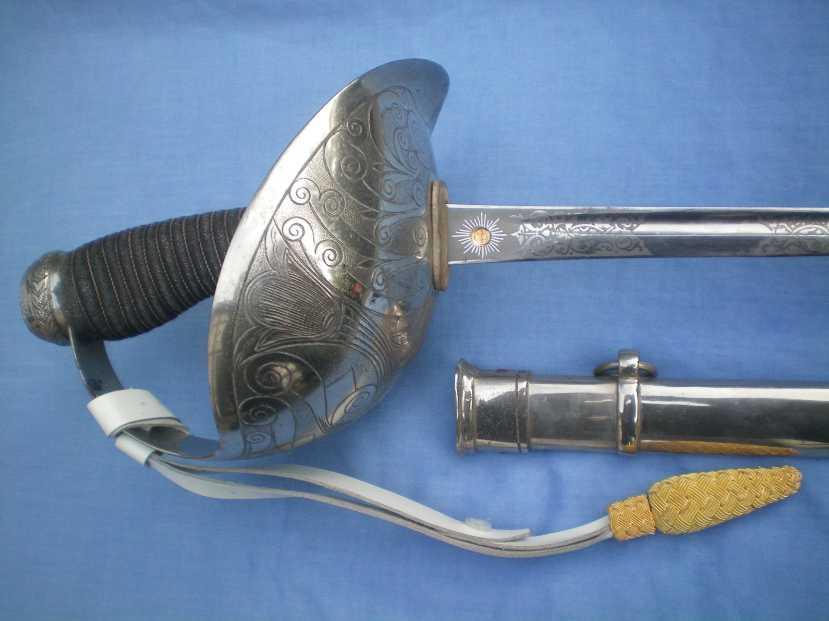

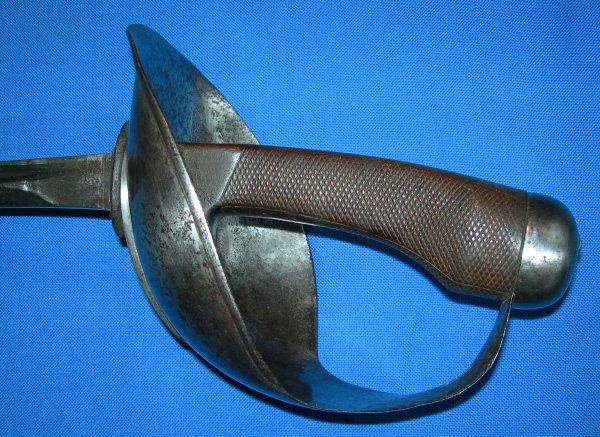
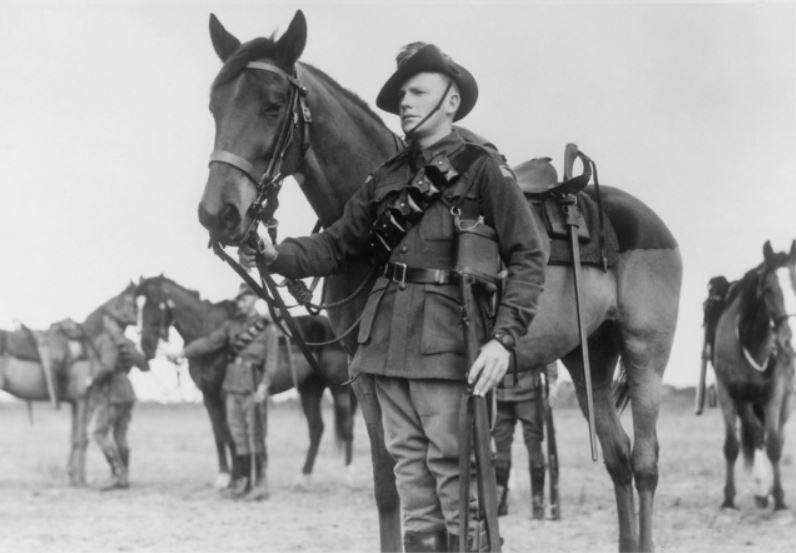
Scan this QR code to open this page on your phone ->
